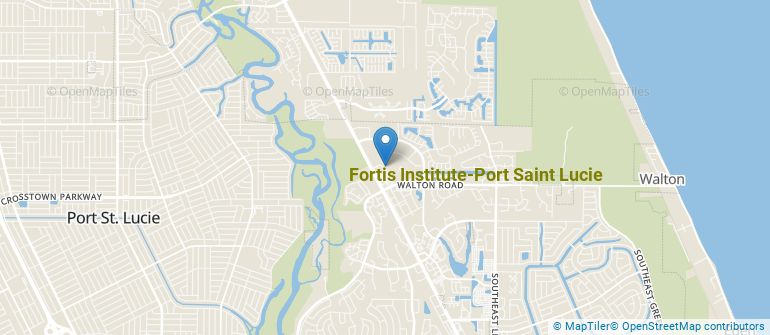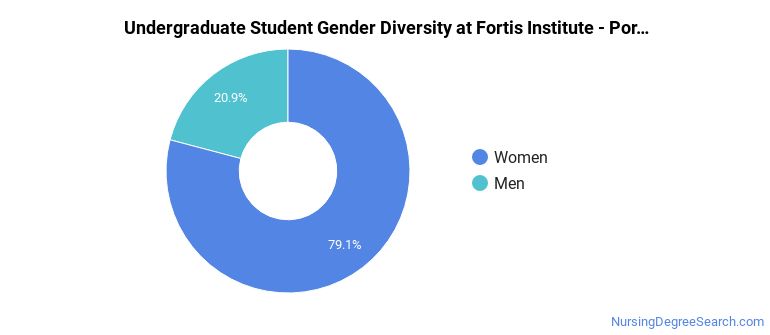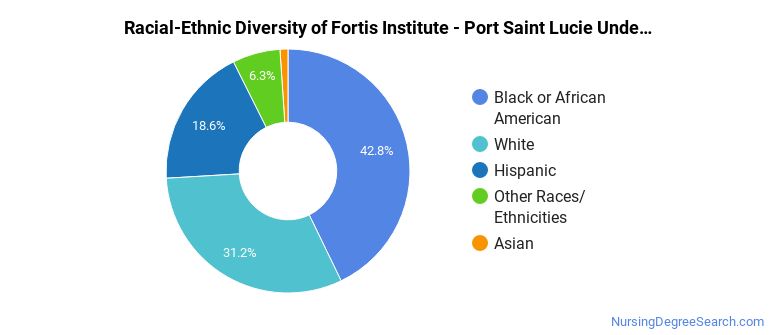Fortis Institute - Port Saint Lucie Nursing Programs
Located in Port Saint Lucie, Florida, Fortis Institute - Port Saint Lucie is a private for-profit institution. The location of Fortis Institute - Port Saint Lucie is great for students who prefer living in an urban area.
Where Is Fortis Institute - Port Saint Lucie?

Contact details for Fortis Institute - Port Saint Lucie are given below.
| Contact Details | |
|---|---|
| Address: | 9022 South Us Highway 1, Port Saint Lucie, FL 34952 |
| Phone: | 772-221-9799 |
| Website: | www.fortis.edu |
How Do I Get Into Fortis Institute - Port Saint Lucie?
You can apply to Fortis Institute - Port Saint Lucie online at: www.fortis.edu/apply-online.html
Can I Afford Fortis Institute - Port Saint Lucie?
Student Loan Debt
It's not uncommon for college students to take out loans to pay for school. In fact, almost 66% of students nationwide depend at least partially on loans. At Fortis Institute - Port Saint Lucie, approximately 81% of students took out student loans averaging $8,072 a year. That adds up to $32,288 over four years for those students.
Fortis Institute - Port Saint Lucie Undergraduate Student Diversity
Gender Diversity
Of the 474 full-time undergraduates at Fortis Institute - Port Saint Lucie, 21% are male and 79% are female.

Racial-Ethnic Diversity
The racial-ethnic breakdown of Fortis Institute - Port Saint Lucie students is as follows.

| Race/Ethnicity | Number of Grads |
|---|---|
| Asian | 5 |
| Black or African American | 203 |
| Hispanic or Latino | 88 |
| White | 148 |
| International Students | 0 |
| Other Races/Ethnicities | 30 |
Fortis Institute - Port Saint Lucie Nursing Concentrations
The table below shows the number of awards for each concentration.
| Major | Associate’s | Undergraduate Certificate | TOTAL |
|---|---|---|---|
| Registered Nursing | 59 | 0 | 59 |
| Licensed Practical/Vocational Nurse Training | 0 | 27 | 27 |
| TOTAL | 59 | 27 | 86 |
References
*The racial-ethnic minorities count is calculated by taking the total number of students and subtracting white students, international students, and students whose race/ethnicity was unknown. This number is then divided by the total number of students at the school to obtain the racial-ethnic minorities percentage.
More about our data sources and methodologies.
